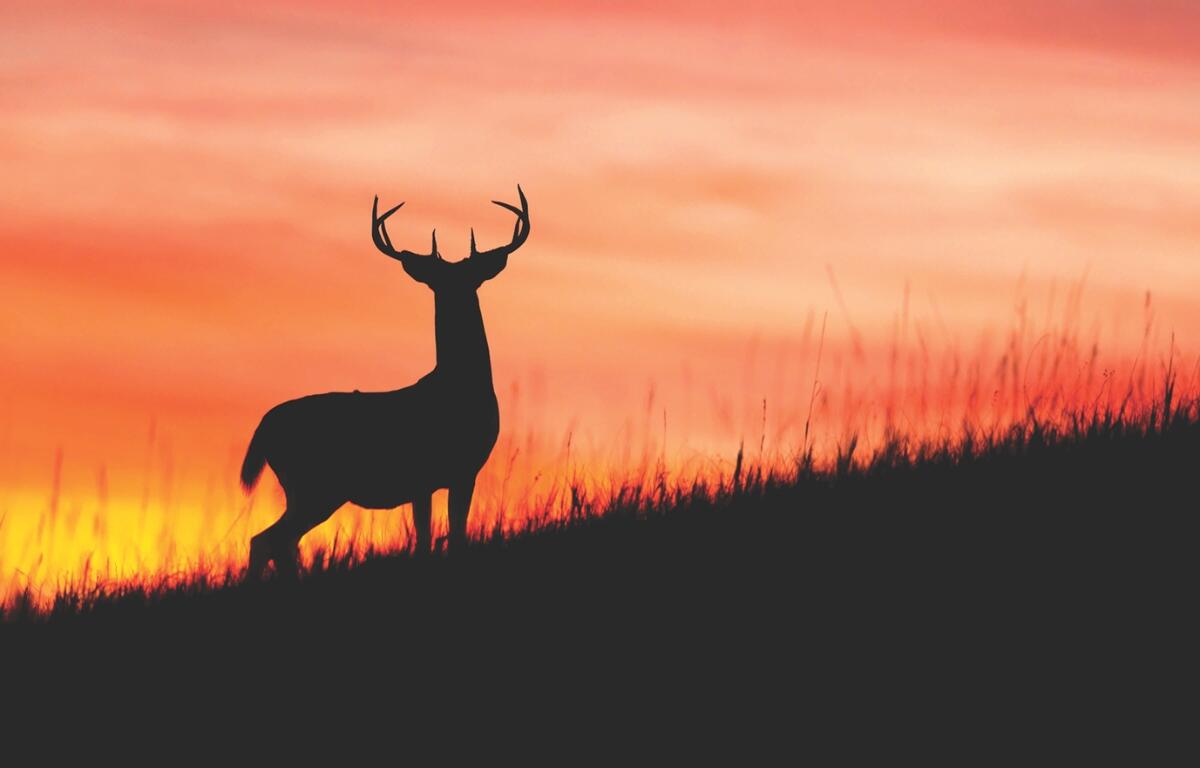PAGE COUNTY, VA (Virginia Department of Wildlife Resources) – The Virginia Department of Wildlife Resources (DWR) has confirmed chronic wasting disease (CWD) in an adult female deer in Page County. This marks the first confirmed case of CWD in the county. Page County has been included in Disease Management Area 2 (DMA2) for several years due to its proximity to other known cases of CWD and this new detection will not lead to any regulatory changes.
The symptomatic deer was reported in July and humanely dispatched. It is currently uncommon to see deer that appear sick as a result of CWD in Virginia. Infected animals may not exhibit any symptoms of CWD for 16 months to two years after exposure. Once deer reach the symptomatic stage of disease, they rapidly lose weight and begin demonstrating neurological symptoms, such as a drooping head and a lack of awareness of their surroundings. The public is asked to report any observations of such deer to the Wildlife Conflict Helpline at 1-855-571- 9003.
DWR has been monitoring CWD prevalence and spread in Virginia since 2002, with the first case detected in Frederick County in 2009. Since then, it has spread across parts of Virginia and has been detected in wild white-tailed deer in 18 counties. CWD is a slow-acting and progressive neurologic disease that ultimately results in death of the deer. The disease-causing agent, known as a prion, is spread through the urine, feces, and saliva of infected animals. While there is no evidence that CWD can be transmitted naturally to humans, pets, or livestock, there is still much unknown about the potential for transmission to humans. Although CWD diagnostic tests are not food-safety tests, the Centers for Disease Control and Prevention recommend that hunters test all deer harvested from known CWD-positive areas and not consume meat from animals that test positive.
If you are hunting in Page County or other counties in disease management areas this fall, consider getting your deer tested through the network of voluntary testing sites including cooperating meat processors and taxidermists and voluntary drop refrigerators. Your participation helps DWR understand the spread of CWD in Virginia’s deer herds.
What can you do to prevent the spread of CWD:
- Dispose of unwanted deer carcass parts in a landfill or leave them at the site of harvest.
- Follow all carcass transportation regulations – do not move whole deer carcasses outside of Disease Management Areas (DMAs). Infected carcasses can contaminate the environment with CWD and introduce it to new areas.
- Follow all deer feeding regulations. Artificially congregating deer increases the risk of spreading CWD. Deer feeding is prohibited year-round in DMAs and statewide Sept. 1 through the first Saturday in January.
The public is invited to join the DWR Wildlife Health Team on Oct. 8 at 6 p.m. at the Virginia Cooperative Extension Office in Stanley, Va. for more information about CWD and how it may affect the deer population in Page County.
Oct. 8 at 6 p.m.
Virginia Cooperative Extension
215 W. Main St.
Suite C
Stanley, Va. 22851
For more information about CWD, please visit the DWR website.



